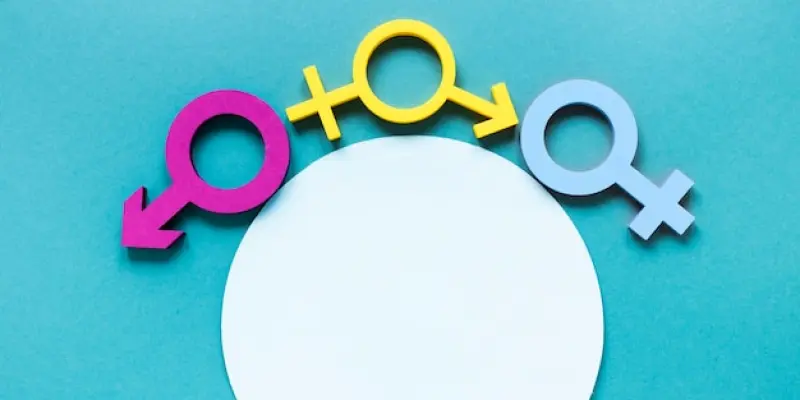The U.S. Equal Employment Opportunity Commission (EEOC) has initiated a profound shift regarding the handling of gender identity in the upcoming 2024 EEO-1 Component 1 data collection process, slated to commence on May 20 and conclude on June 24. This strategic decision involves the removal of options that allow employers to voluntarily report nonbinary employees, aligning with previous gender policy stances taken during the Trump administration. The EEOC’s acting chair, Andrea Lucas, is leading efforts to reverse aspects of the Biden administration’s agenda that advocate for greater recognition of gender identity in the workplace. Under these modifications, employers will no longer be able to utilize the comment box for reporting diverse gender identities, reflecting the EEOC’s intention to curtail the scope of gender identity reporting within employment frameworks.
These revisions resonate with broader policy attitudes from the Trump era, which had initially rescinded an executive order aimed at preventing discrimination by federal contractors. Interestingly, federal contractors employing 50 or more individuals remain obligated to submit EEO-1 reports, subject to the adjusted guidelines. Moreover, the EEOC has actively distanced itself from elements perceived as advancing gender ideology, including removing the “X” gender marker from discrimination forms and disbanding a pronoun-identifying application. Andrea Lucas has shown intent to purge documents focusing on workplace harassment enforcement, advocating for a quorum to instate further changes. This interplay of policy measures highlights growing tensions between administrative priorities and evolving societal norms regarding gender identity and workplace equality.
Challenges Facing HR Professionals
Amidst these regulatory changes, HR professionals face challenges adapting to the binary gender reporting requirements imposed by the EEOC’s decisions. Historically, nonbinary gender options have provided a means to recognize diverse employee identities within the workforce, enhancing inclusivity and representation. However, the removal of such options now complicates HR efforts to accurately represent their workforce demographics, igniting debates over accuracy and inclusivity. This development underscores the growing complexity in balancing traditional employment reporting practices with the emerging social realities surrounding gender identity, inevitably affecting employer-employee relationships.
HR leaders are finding themselves at a crossroads, needing to navigate between regulatory compliance and fostering an inclusive work environment. The EEOC’s decision to halt processing claims related to sexual orientation and gender identity discrimination has further compounded these challenges. Such actions not only contradict progressive legal precedents like the Supreme Court’s decision in Bostock v. Clayton County, which protected employees against discrimination based on gender identity, but also reflect a broader shift in federal employment policy. As HR professionals grapple with these new standards, there is a palpable sense that the ongoing evolution of gender identity considerations may necessitate innovative strategies to manage the complexities associated with employee diversity initiatives.
Future Implications and Considerations
The U.S. Equal Employment Opportunity Commission (EEOC) is implementing significant changes in how gender identity is handled in the 2024 EEO-1 Component 1 data collection process, which is set to begin on May 20 and end on June 24. This change involves eliminating options for employers to voluntarily report nonbinary employees, aligning with gender policies from the Trump era. Andrea Lucas, the EEOC’s acting chair, aims to reverse aspects of the Biden administration’s efforts to enhance workplace gender identity recognition. Employers will be unable to use the comment box to report various gender identities, indicating the EEOC’s goal to limit gender identity reporting in employment settings.
Federal contractors with 50 or more employees must still submit EEO-1 reports under the updated rules. The EEOC has distanced itself from initiatives seen as promoting gender ideology, removing the “X” gender marker from discrimination forms, and ending a pronoun-identifying app. Lucas is working on erasing documents related to workplace harassment enforcement, seeking a quorum for further changes, amid the tension between policy measures and evolving societal norms on gender identity and workplace equality.

